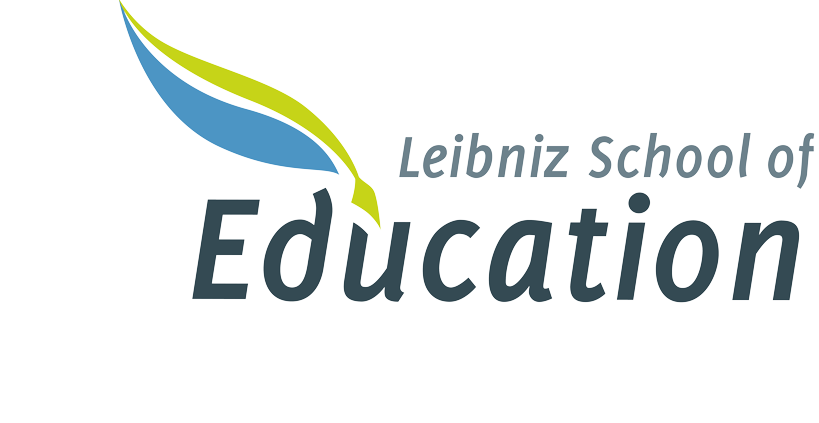What is Diversity?
On a conceptual level:
… diversity related to both individual and group characteristics
that are partially innate, partially individually acquired, and partially arise through policies and institutional practices. For example:
gender, ethnicity, culture, nationality, language, socio-economic status, age, mental and physical health, religion, etc.
all of these characteristics have in common that
they do not occur in isolation but in combination with one another
there is overlapping of varying categories of differentiation
they involve power and inequality structures
On a normative level:
diversity stands for the cherishing/appreciation of differences and the understanding of them as resources;
diversity emphasizes the uniqueness of individuals (cf. e.g. Aretz/Hansen 2002, S.8)
diversity clearly opposes discrimination on the basis of:
ethnicitifying attributions, nationality, education, age, language, gender attributions, bodily, mental and psychological impairment, religion or ideologies, etc.
Reference for the construction of difference guidelines
What is Inclusion?
Our understanding of inclusion …
Inclusion aims for the joint education of students with and without disabilities as well as a minimization of discrimination and a maximization of participation of all students.
Inclusion supports the continual development of values, attitudes, practices and institutional structures that seek to accomplish these aims.
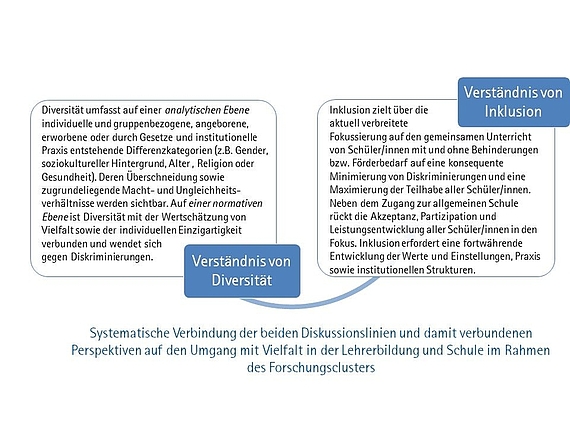
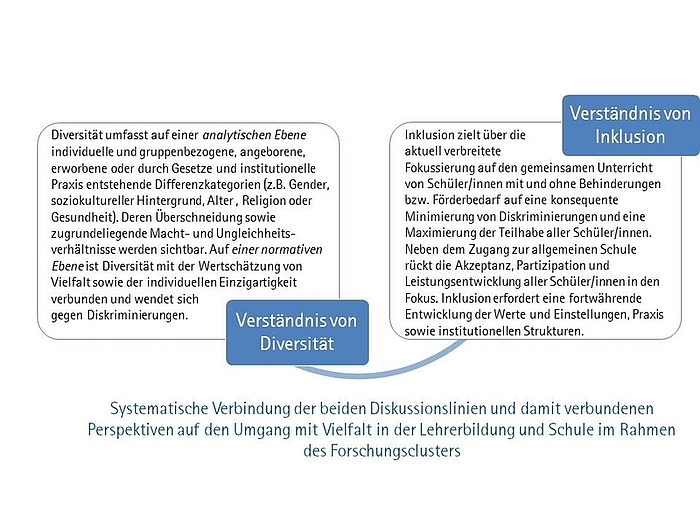
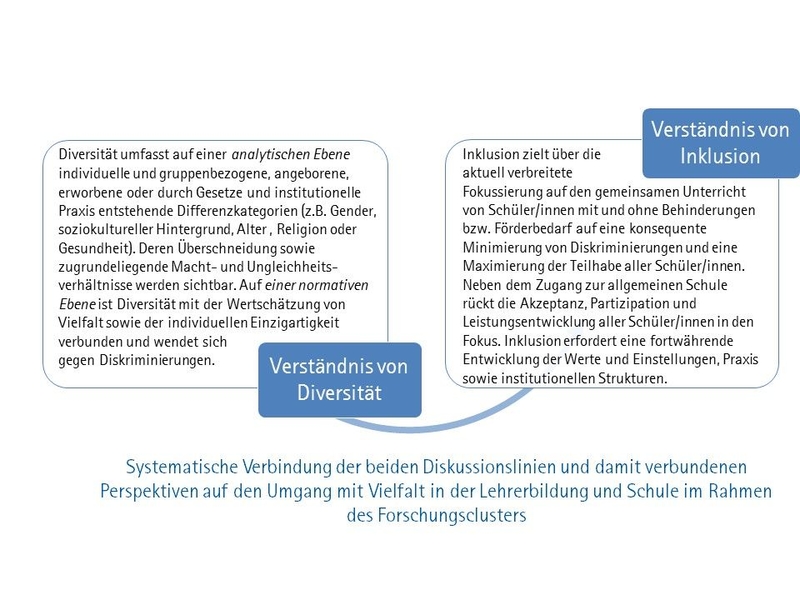
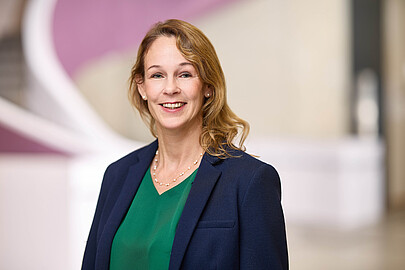
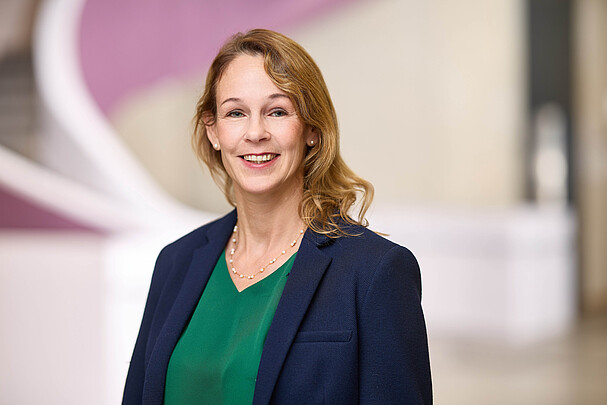
30167 Hannover


